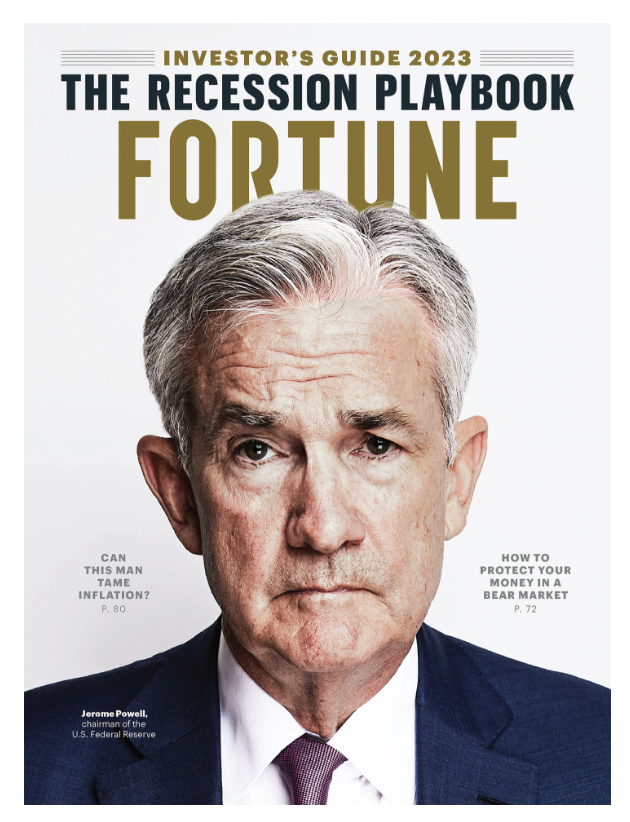Let’s assume we’re going to have a recession in 2023. I don’t know if we will, but everyone seems to think so, so let’s just say.
So what. What can you do to stop it? Not much. Can you change your own spending and psych yourself up to survive it? Absolutely. Are there changes you could make to a portfolio in order to gird yourself for a worsening economy? Yes. But remember that pretty much anything you do to lower your risk will also require accepting less in return if the widely prophesied economic slowdown doesn’t materialize. How much of this sort of de-risking is worth pursuing? Also, what if we have the recession but most of the associated stock market drawdown has already taken place? You can’t know for sure.
All of these questions are why people hire financial advisors – specifically, financial planners. A certified financial planner cannot tell you what’s coming, but they can help you prepare for the full range of outcomes so that, no matter what, you will still be on track for what you want to do financially in the future. We built the whole firm on this premise so you can take my word for it – this is the only thing that truly matters.
I tried to get these ideas across in the latest issue of Fortune Magazine, where they had me back as a member of the year-end roundtable / look ahead. It was me, another advisor / RIA founder named Georgia Lee Hussey and the incredible Savita Subramanian (equity and quant strategist for BofA formerly known as Merrill Lynch).
It starts off with us being asked about how 2022 went for most investors. I’d bet very few people would opt to live through the last eleven months ever again. It was the worst start to a year for stock and bond investors ever recorded. There were some things you could have done to avoid some of the pain, but no one avoided all of it…
Josh Brown: Our tactical model is designed to react quickly when it becomes statistically clear that we’re no longer in a bull market. So by the end of February, we were completely out of the Nasdaq. And by the end of April, we were completely out of the S&P 500.
It’s not the entire portfolio; it’s one specific strategy in a bigger portfolio. But that addresses the clients’ concerns as they see those lower highs and lower lows. And it gives us the option to buy back in later. With the big caveat of: We won’t call the market bottom—we will most likely be significantly off the lows when that buy signal gets triggered. That’s how technical analysis works; it’s backward-looking.
If you want to read what we had to say about the coming year online, the paywall free version is here.
Or, if you want to grab the print edition, it looks like this with Jay Powell on the cover:
Thanks for checking it out!
And if you’re not feeling prepared for the coming year or you want someone to talk to about it, let’s chat. Certified Financial Planners at my firm are standing by. This is what we do.




